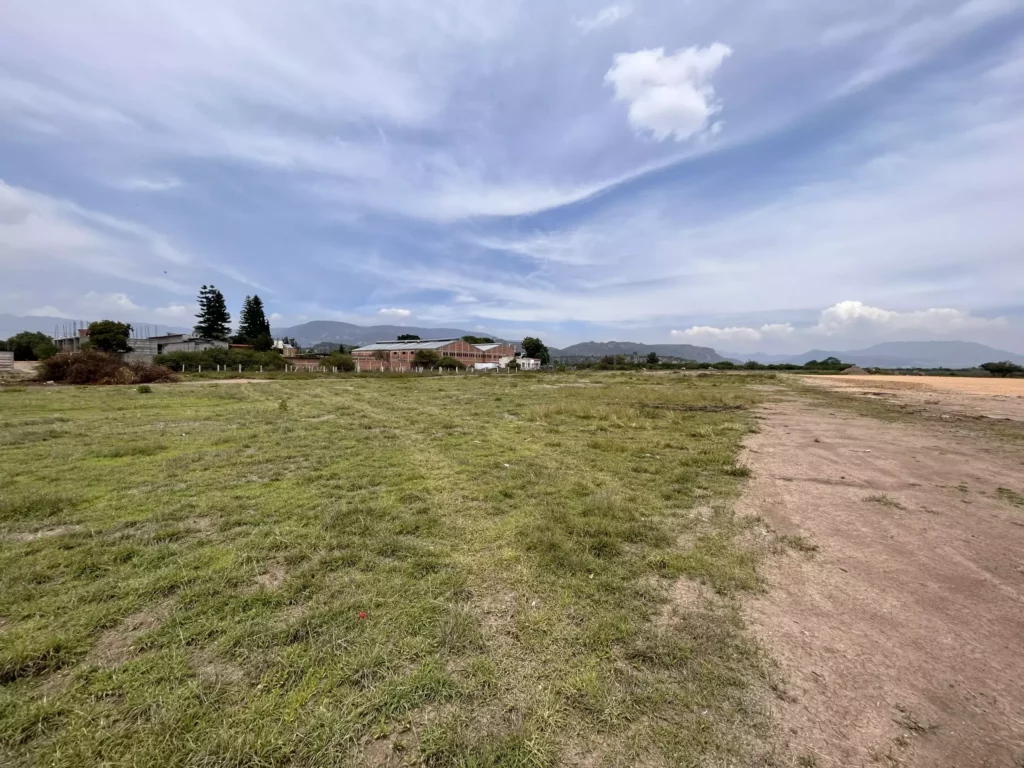
By Madison Ashley, Bridgewater State University student and legal Intern, she is currently a member of the Research Center of SIL MEXICO, and Thorvald Pazos Casas – Law degree from the Universidad Regional del Sureste, postulant attorney in criminal, civil, agrarian, and tax matters, and currently a research attorney and part of the Research Center of SILMEXICO.
In Mexico, throughout its history and its intricate relationship with the land, there has been a long struggle for the recognition and equitable distribution of this right, a battle that has been fought since the times of Independence and the Mexican Revolution. As a result of this struggle, land ownership is a protected and regulated right in the Political Constitution of the United Mexican States, which grants it a special status and treatment.
The legal system in Mexico is based on the Roman-Germanic system, which implies the existence of a written law and doctrine as a source of law, being the Mexican Constitution the cornerstone of this system. Article 27 of the Constitution, which is found in the dogmatic section of the Constitution, recognizes the right to property as fundamental. The aforementioned provision recognizes that there is public, private, and social property in the national territory.
Article 27 of the Mexican Constitution states that “ownership of the lands and waters within the boundaries of the national territory is vested originally in the nation, which has had, and has the right to transfer title thereof to private persons thereby constituting private property” (Kelly, 1994). This means Mexico holds the legal basis of the land and its control of what constitutes private ownership and private possession.
From the foregoing, it is worth mentioning that the main regulation of property is found in the Mexican Constitution, and is supported by secondary laws for its legal regulation and tenure. Such as, in the case of private property, the Federal Civil Code or that of the states; for social property, there is the Agrarian Law; and for public property, it is based on the National Property Law.

The Kinds of Property in Mexico
There are three types of property in Mexico: private, social, and public.
Private
Refers to property that originated from the original ownership of the nation and was transferred to private individuals or entities. It is the right of individuals or legal entities to enjoy and dispose of their property, subject to the restrictions established by law. The Federal Government has the power to expropriate private properties that are considered notable due to their characteristics and manifestations, following the provisions of the law.
Agrarian
Also known as social, belongs to various agrarian groups and is subdivided into two categories: ejido property and communal property. Since 1992, with the enactment of the Agrarian Law, voluntary transition to full ownership is allowed, which means that through a certification process, it can be converted into private property and, therefore, be susceptible to sale. The key distinction in social property is based on the origin of land tenure. The ejido arose as a result of the allocation of land by the State to a group of peasants who lacked land and needed it for their subsistence. On the other hand, the agrarian community has its origin in the recognition by the State of land that belonged to a group of peasants since ancient times or in the restitution of land if they had been dispossessed of it in the past.
This difference is fundamental since the ejido is created as a measure to distribute land to those who need it, while the agrarian community recognizes the historical rights of a group of peasants over the land they have occupied and worked for generations. The two concepts reflect different approaches to land policy and its history in Mexico.
Public
Refers to the buildings and territory under the jurisdiction of the entities and agencies of the different levels of government (Federal, State, and Municipal). These properties are subject to regulations established by the General Law of National Assets in the federal government and by the laws of patrimony or assets of the federal entities. Access to and use of these public spaces are restricted and regulated, which means that to use a public space it is necessary to obtain a concession, and private individuals can only access public property through these concessions.
Several types of taxes involve property in Mexico. These include acquisition tax, annual property tax, rental income tax, value-added tax, capital gains tax, and income tax. Acquisition tax is paid for any property that is purchased; the tax levels differ, but it can range anywhere from 2% up to 4.5% of the value of the property at the time of purchase (Ortega, 2023).

References
- History of the National Agrarian Registry of Mexico. (2022, April 19). Mexicanist. https://www.mexicanist.com/l/history-of-the-national-agrarian-registry-of- mexico/
- Kelly, J. (1994). Article 27 and Mexican Land Reform: The Legacy of Zapata’ s Dream ARTICLE 27 AND MEXICAN LAND REFORM: THE LEGACY OF ZAPATA’S DREAM*.
https://scholarship.law.nd.edu/cgi/viewcontent.cgi?article=1693&context=law_faculty_scholarship:~:text=Article%2027%20of%2 - 0the%20Mexican%20Constitution%20states%20that%20%22%5Bo%5D
- Ortega, O. (2023, April 17). Tax Implications of Owning Property in Mexico [2023 Policies]. RivieraMayaCozy.com – Your Place for Best Real Estate Deals in Rivera Maya.
https://rivieramayacozy.com/tax-implications-owning-property-mexico/ - Real Estate Law | Mexico | Global Corporate Real Estate Guide | Baker McKenzie-Resource Hub.(n.d.).
Resourcehub.bakermckenzie.com.
Retrieved
November 3, 2023,
from https://resourcehub.bakermckenzie.com/en/resources/global-corporate-real-estate-guide/latin-america/mexico/topics/real-estate-law:~:text=Land%20i tself%20in%20Mexico%20is



